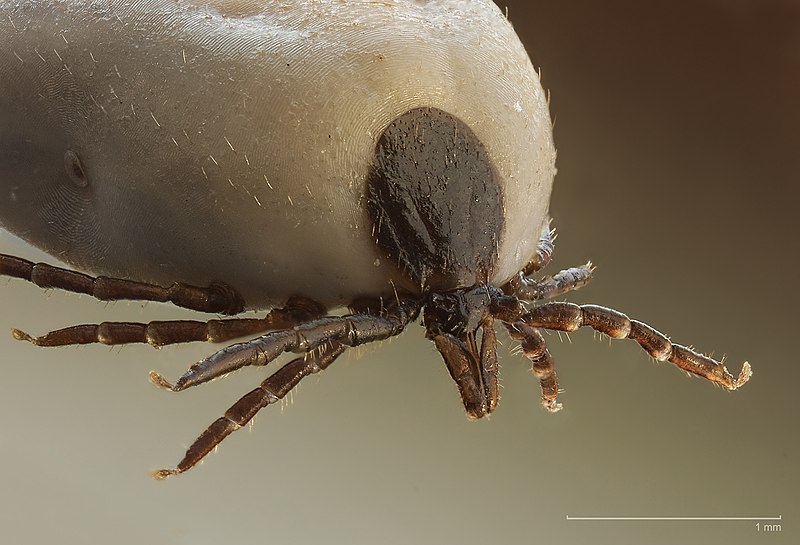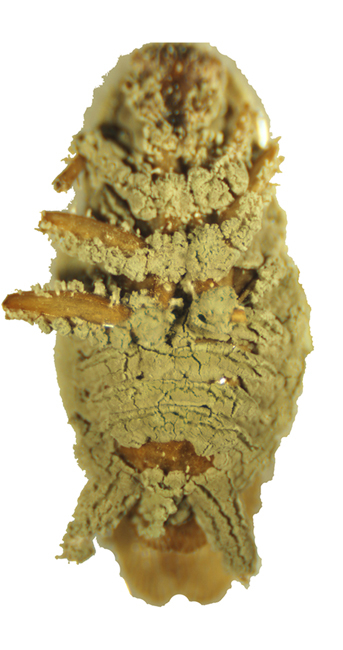Going to an outdoors summer camp, I had a lot of experience with ticks, these pesky, mosquito like bugs, bites you and stick to your skin. I wish the camp had a way to control their tick infestation, so this article was very intriguing. Ticks, or those pesky bugs that attach to your skin when hiking or walking outdoors, may soon be controlled by fungus.
An important term to know for this article is biological control, which is an attempt to reduce pest population by using “natural enemies” or living organisms (like fungus.)
Biosfork, an agricultural and environmental research firm in Norway, is looking into to the tick infestation problem. Ticks seem like such small harmless bugs, but the tick is a lethal predator for many animals. In sheep, a tick bite can lead to the disease TBF, or Tick Borne Fever. This disease causes high fever and severally compromises their immune systems. As a result many animals die from something as small as a tick bite.
According to their research Biosfork has found that Metarhizium, a pathogenic fungus, can systematically kill ticks. Metarhizium is present in most soils, but scientist at Biosfork feel that releasing this fungus in large quantities in tick invested area will stop the horrible pesky ticks. Biosfork has released this fungus into controlled environments and has found that Metarhizium is a brutal, yet effective way to eliminate these pesky ticks.
This can have many practical applications. By eliminating ticks this fungus could save many sheep pastures by eliminating this pesky predator. Reducing tick populations can make that hike more enjoyable by limiting the pesky tick bites that make the outdoors a nightmare.




orsbio
This is such a cool post! I’ve never heard of Biosforsk before nor their research efforts in the pathogenic fungus. Here is a link to more information that you might find interesting: http://www.ncbi.nlm.nih.gov/pubmed/22507442. It’s about the disease progression of four different Metarhizium anisopliae complexes. Great post!